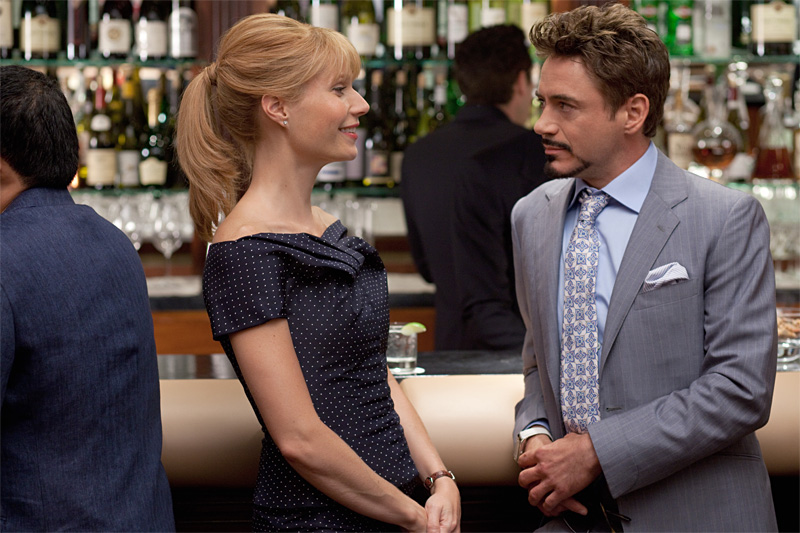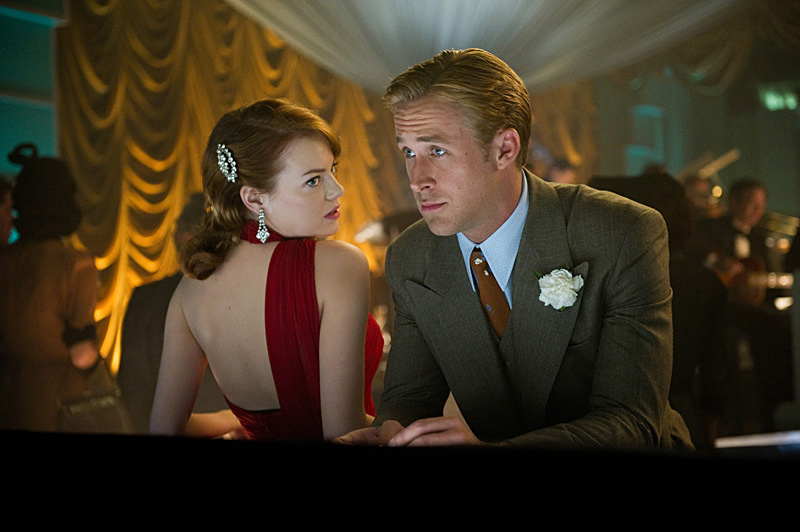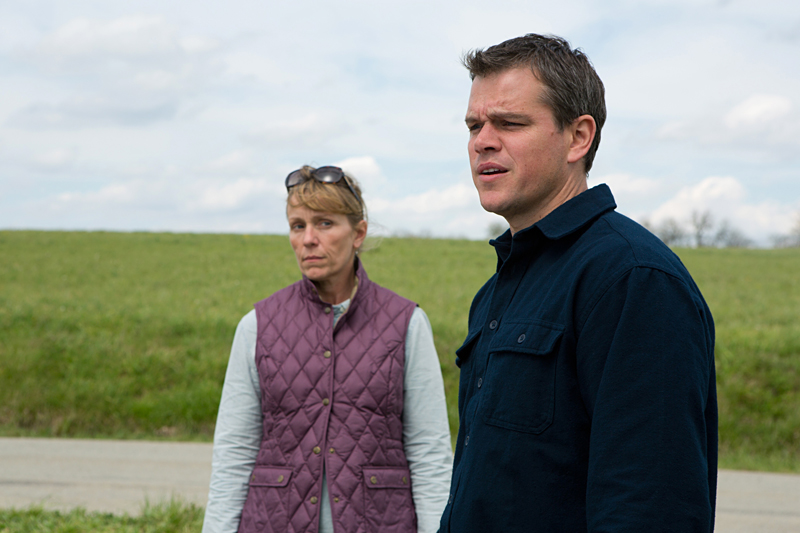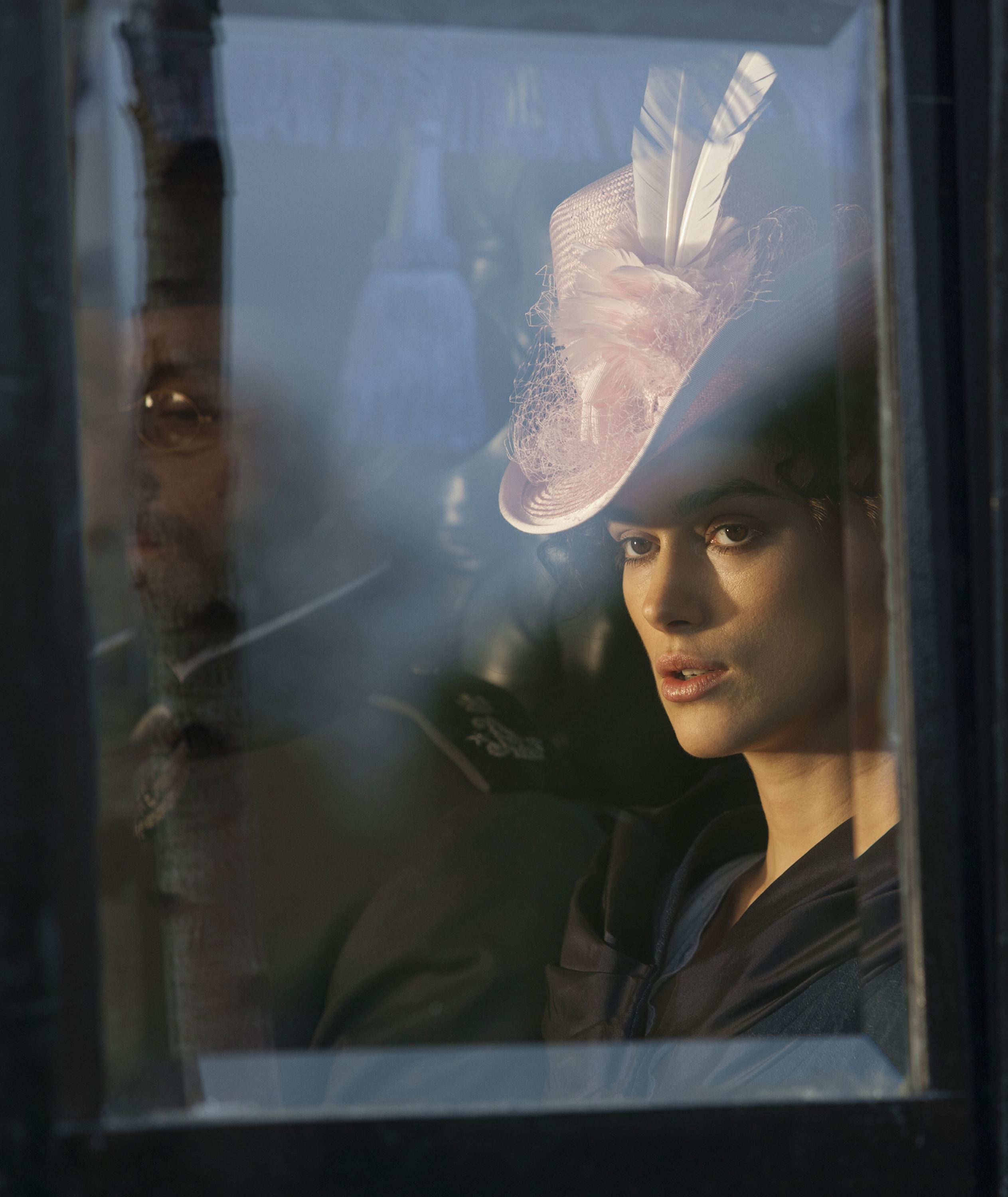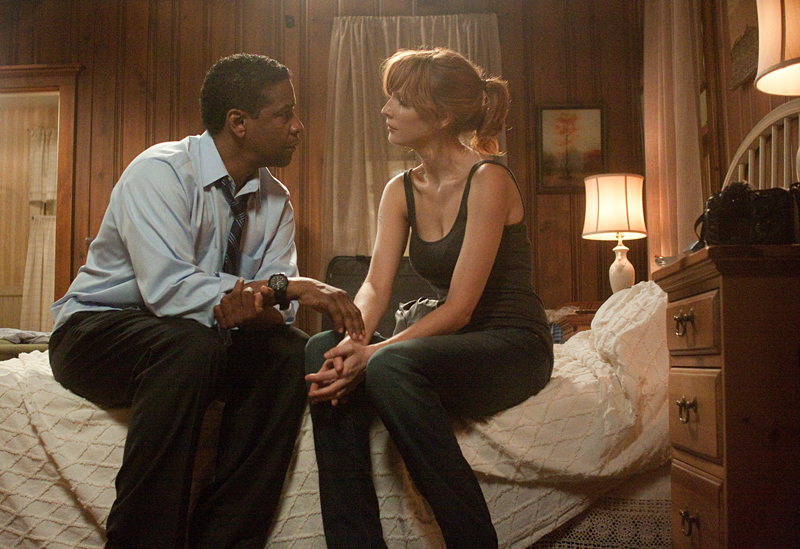As our movie begins, Tony Stark–mechanical genius, Forbes 400 perennial, the pop-star CEO of Stark Industries–has dropped any pretense of a secret identity. Stark is garishly “out” in Iron Man 2, performing a one-man air show before touching down to host his Stark Expo, which transforms the World’s Fairground at Flushing Meadows Park into Atlantic City, where he performs in front of backup dancers and a plasma stars-and-stripes reminiscent of Miley Cyrus’ “Party in the U.S.A.” video. Tony works the crowd just as he does the U.S. Congress—at a Senate hearing called to question his withholding of Iron Man technology from the military, Tony blows out on a crisp sound bite: “I have successfully privatized world peace.” His Q Score, in other words, is just as high as Robert Downey Jr., director Jon Favreau, and Iron Man‘s were after 2008.
The screenplay, by Justin Theroux, trusts that More Is More. There’s techie lifestyle porn, hot cars, hot guns, establishing shots jetting from Moscow to Malibu to Monaco (the first major set piece takes place at the Grand Prix), and three dozen comic books’ worth of exposition girdled into two straining hours. Tony must revisit his unresolved feelings toward his dead captain-of-industry father, deal with pressure from the military (via Don Cheadle, replacing Terrence Howard as Army liaison buddy “Rhodey” Rhodes), and even invent a new element, which somehow involves a hidden code in the World’s Fair Unisphere.
Sam Jackson’s Agent Nick Fury shows up to eat up more time. If you’re not a comic-book reader, these scenes may as well have been scripted in Wingdings, while initiates will understand that Fury is here, essentially, to do press for the upcoming Avengers movie. This sub-subplot is symptomatic of the franchise-first mindset in the era of the $200M “episode,” where films are constructed less as freestanding edifices than as elements in superstructures (for example: the transposition of the entire Marvel Universe to film). The idea is that we learn to trust that any extraneous-seeming thread will connect to something in another couple of summers and pay off, assuming the movie does—and an army of True Believers who’d line up if Marvel Studios offered their movies by subscription service are pretty good collateral.
Still, the elements that made the first Iron Man a rather likable blockbuster have not entirely evaporated. Favreau brings together interesting American movie stars and lets them actually play through scenes (though Mickey Rourke and Sam Rockwell play theirs together as if in two different—both interesting—movies). Downey Jr. gives his glibness a vulnerable twitch; his out-of-control drunk bust-up at his birthday party, while wearing his heavy-ordinance suit, suggests a more dangerous, more interesting sequel.
Stark still compulsively slips wisecracks under and between everyone else’s lines, bedeviling aide-de-camp “Pepper” Potts. (Downey Jr. seems to be flirting more with himself than with Gwyneth Paltrow’s Pepper.) The stealthy delivery forgives the fact that a lot of Tony’s quips are lame puns. Pepper: “What, are you going to Google her now?” Tony: “I thought I was ogling her.” This refers to Scarlett Johansson as “Natalie Rushman,” a Stark Industries lawyer who may not be what she seems, looking fresh off a 1945 Photoplay cover, with wavy auburn tresses and dresses whose engineering is more awe-inducing than any of the gadgetry.
Natalie later breaks out a catsuit and commands the movie’s most legible action scene, neutralizing about a dozen security guards in creative fashion as she sashays down a corridor. As for the actual grand finale, Downey Jr. and Cheadle seem as though they’re already network-gaming the PS3 release instead of facing any actual threat, and Rourke goes out like a chump.
